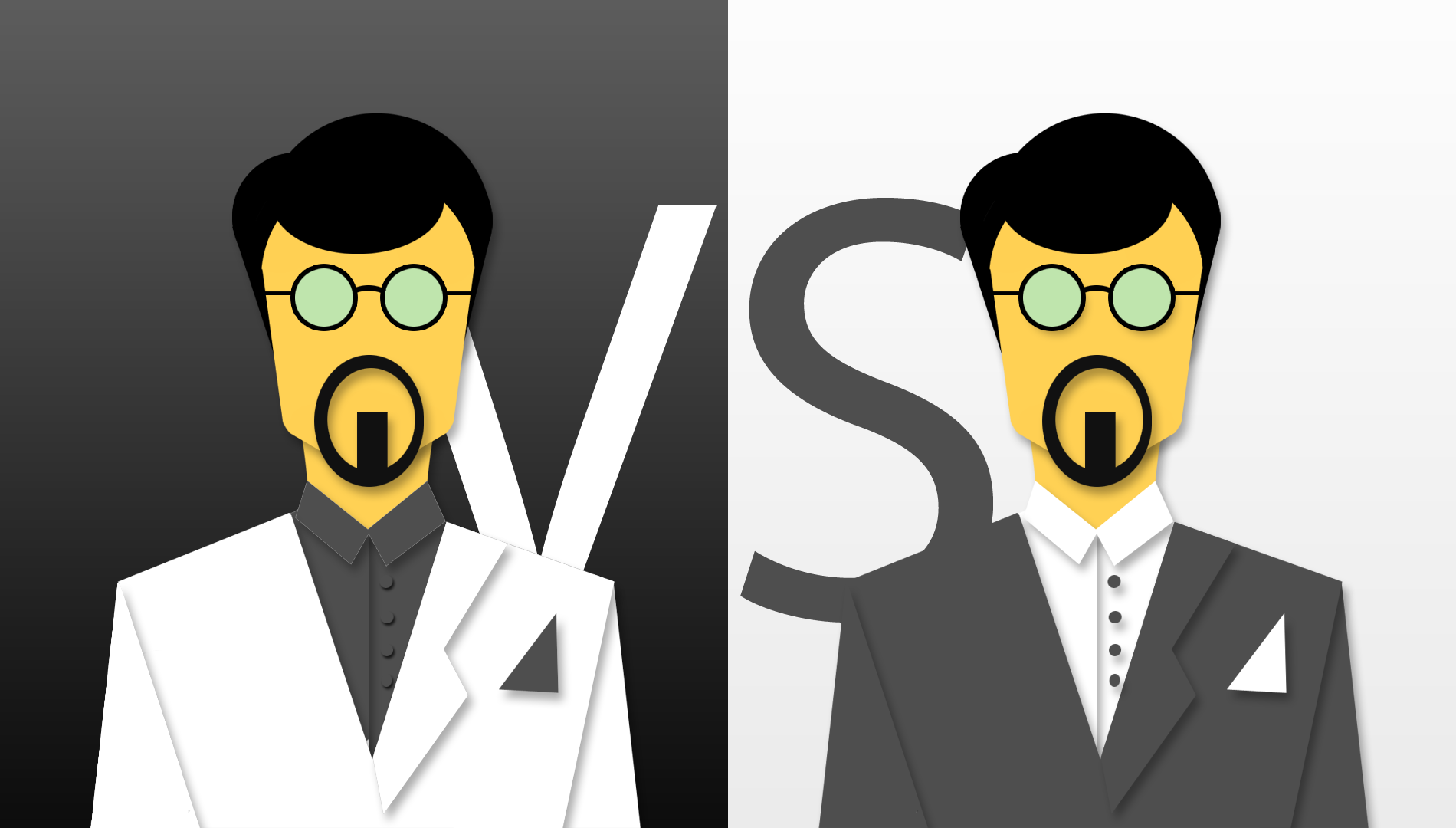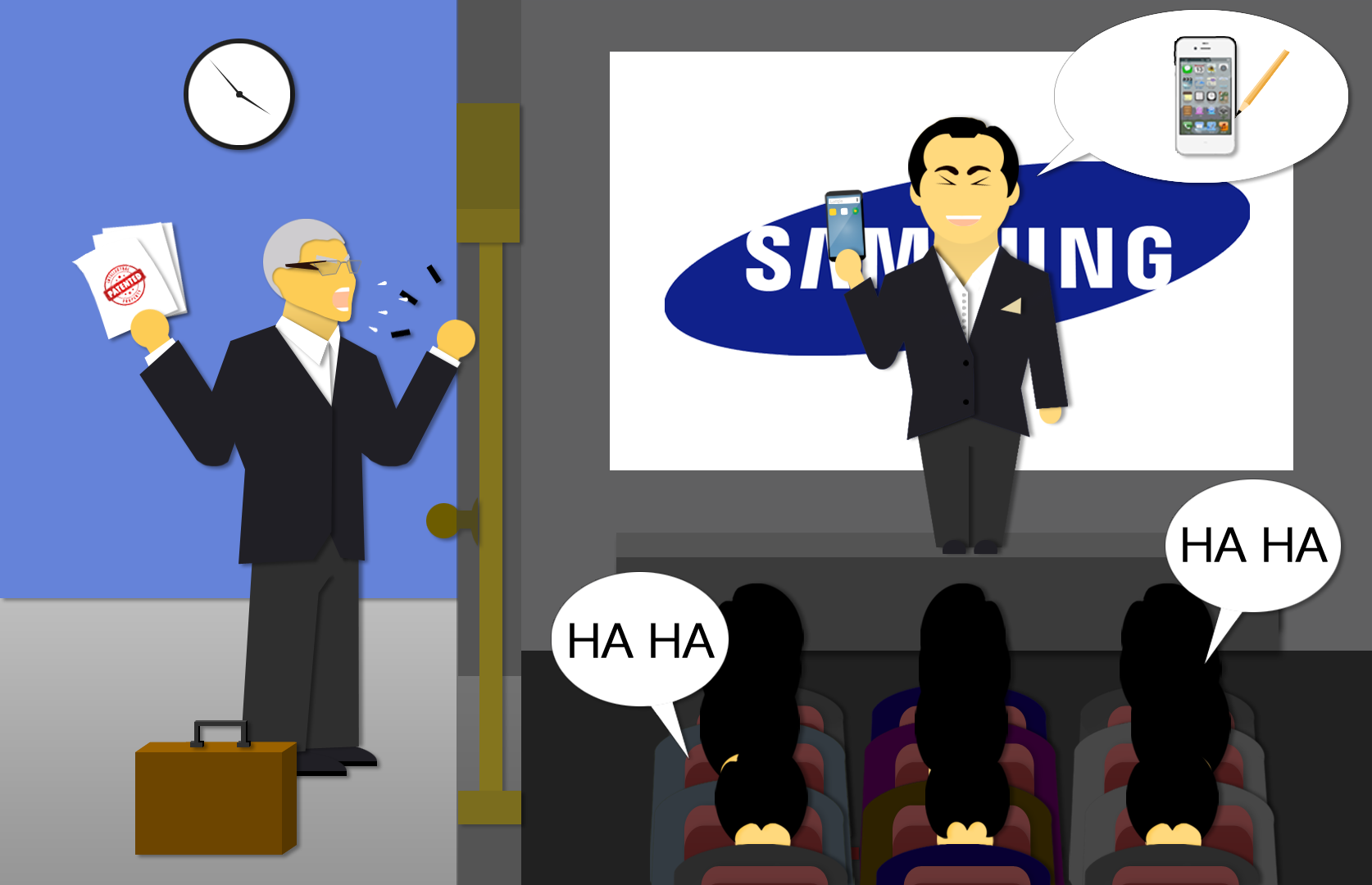Competitor analysis. How not to make a mistake

So, let's start from afar. What is a competitor?
<Wikipedia> a person, enterprise or organization, competing in any field, in any activity with another, a competitor In reality, a competitor is someone who, if possible, steals your ideas, spoils your project in an advertising campaign and will do all possible nasty things that he can come up with. Yes, rude, of course, but it's a bitter truth. Anyone who will not do all this is not a competitor. Such a team can be called a "friendly company with similar ideas." Such teams often maintain very warm relations, cooperate and carry out any joint actions to achieve common goals. Example: The war of the South Korean brand * amsung and the brand from the United States * pple.
After reading the articles about this confrontation, you can summarize: the former tend to prick the opponent as quickly as possible in their promotional videos, and the latter bombard the enemy with lawsuits, like bombs. With your own eyes you can see everything in the spoiler.
about war"

Already big, and everything is like children, as they say. In the case of lawsuits, it’s still going wherever, but with the video, the second link looks silly. After all, the charm of the videos is in frank mockery of a competitor, and not in demonstrating truly wonderful functionality.
“In order to infiltrate an already established market, you need to do everything 30% better and 30% cheaper.”
Konosuke Matsushita.
Mistakes in analyzing competitors and drawing up ideas are made by many young teams. VKuznetsova in his article “7.5 startup errors. Mistake # 2: My startup is UBER for ... or why can't I describe my startup in one sentence? ”partially disclosed this topic, but from the side of attracting investors. We will try to examine this error in more detail precisely from the side of the idea itself, more fundamentally, if you like.

Most startups are charged with the good idea of a large “X” application, come up with one or more extensions for it and produce the same “X” application only for a certain category of people. Let's call it “Z”. At first glance, everything is fine, this is a market, all people in this category need their own “X”. Blindly believing in the development of their ideas, startups make a big mistake - they do not take into account the disadvantages of the prototype “X”, the actual clone of which is their brainchild. The “X” program has its own number of minuses, the minuses can be very different from the malfunctioning of the application to the error in the very idea of the service. The large “X” app team has a whole squad of developers who will fix it if they don’t already rework the concept. In a small group of capacities, correction may not be enough. Why? - you ask.
So what to do with a competitor so as not to look stupid in the eyes of people?
First, a competitor needs to be studied. It is thoroughly as if you are working there yourself and try to predict the future of the company, possible innovations and everything that can become a plus regarding you.
The second thing to do is to understand what you can do.
1) It is necessary to do the work better than the competitor
2) It is necessary to show a direct advantage for the end user.
The term “direct advantage” is understood not as server stability, not as perfect design of the client side, but as something that will be tangible for the user. For example, a nice interface, low cost (as Matsushita said), a set of functions that the competitor does not have. That is, your product must necessarily take into account the experience of the "older generation" and contain all the necessary corrections. This will qualitatively distinguish you from your competitor - this is the first. Expanding the functionality for a certain circle of users, you occupy a niche in which perhaps there is nobody - this is the second. Next, you need to maintain your niche. When the situation stabilizes and you have the number of regular users, you can start looking at the market where a competitor dominates.
Conclusion
If you are not a pioneer in your niche, the thorny path of conquering the consumer awaits you. There is a lot of work to be done to lure users from competitors.
